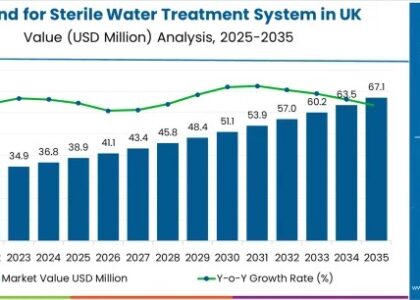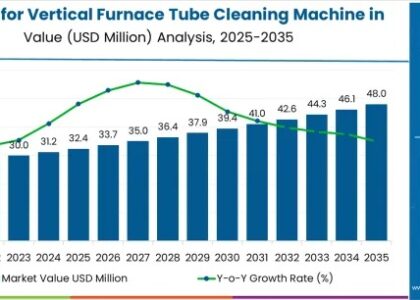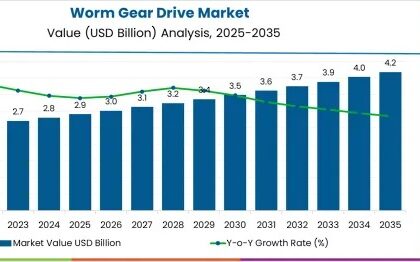We talk a lot about the materials of the future — carbon composites, graphene, smart metals — but often forget the unsung hero quietly bonding the revolution together. Literally.
Structural adhesives, once relegated to the margins of assembly lines, are now becoming the backbone of modern engineering. From aerospace to electric vehicles and wind turbines, these adhesives are enabling design breakthroughs that bolts, welds, and rivets simply can’t match.
And the numbers reflect the shift. According to Future Market Insights, the structural adhesive market is projected to climb from USD 14.32 billion in 2023 to USD 26.04 billion by 2033, registering a compound annual growth rate (CAGR) of 6.2%. That’s not a trend — it’s a tectonic shift in how we build things.
Let’s cut to the chase: this market isn’t growing because adhesives are suddenly cheaper or easier to use. It’s growing because traditional joining methods are failing the 21st century.
Welding aluminum to carbon fiber? Good luck. Using rivets on ultralight drone frames? That’s dead weight. Structural adhesives not only allow different materials to be bonded without damage — they distribute stress evenly, resist fatigue, and even improve aerodynamics. In industries where every gram matters, adhesives are the silent game-changer.
Request Report Sample: https://www.futuremarketinsights.com/reports/sample/rep-gb-2667
The auto sector is a prime case in point. As EV manufacturers race to shed vehicle weight to improve battery range, they’re ditching steel in favor of multi-material bodies — aluminum, magnesium, composites. But how do you connect those materials reliably at scale? Welding won’t do it. Mechanical fasteners compromise strength. Structural adhesives — particularly epoxy and acrylic blends — are stepping in to fill the gap, and doing it cleaner, faster, and more efficiently.
Still, this is more than a performance story. It’s a sustainability one.
Structural adhesives reduce the need for heavy fixtures, enabling slimmer, more efficient designs. They support lighter vehicles, which cut fuel use and emissions. And in wind energy, adhesives are helping manufacturers extend blade life and reduce maintenance, keeping turbines turning longer and greener.
Yet, here’s the frustrating part: too many engineers, designers, and procurement managers still treat adhesives as “supporting cast.” A component, not a strategy. That mindset is outdated — and it’s holding innovation back.
We need to stop thinking of adhesives as glue. They’re enablers of systems thinking — of manufacturing that’s cleaner, leaner, and smarter.
But challenges remain. Application processes require precision, curing environments can be sensitive, and testing for bond longevity is still complex. And let’s not ignore the regulatory blind spots — while some regions push for low-VOC formulations, the global standards are wildly inconsistent.
What the market needs now is standardization, collaboration, and cross-industry adoption. R&D investment is happening — FMI notes rising demand for adhesives that cure at room temperature, resist extreme loads, and bond to next-gen materials. That’s encouraging. But it needs to accelerate.
If the world is serious about reducing waste, boosting renewable energy, and electrifying transportation, structural adhesives will be part of the solution. They are not a luxury. They are an imperative.
We don’t often think of glue as a symbol of progress. But maybe we should. Because in the structural adhesive market, the future is quite literally sticking together — one invisible bond at a time.
Browse the Compete Report: https://www.futuremarketinsights.com/reports/structural-adhesives-market






